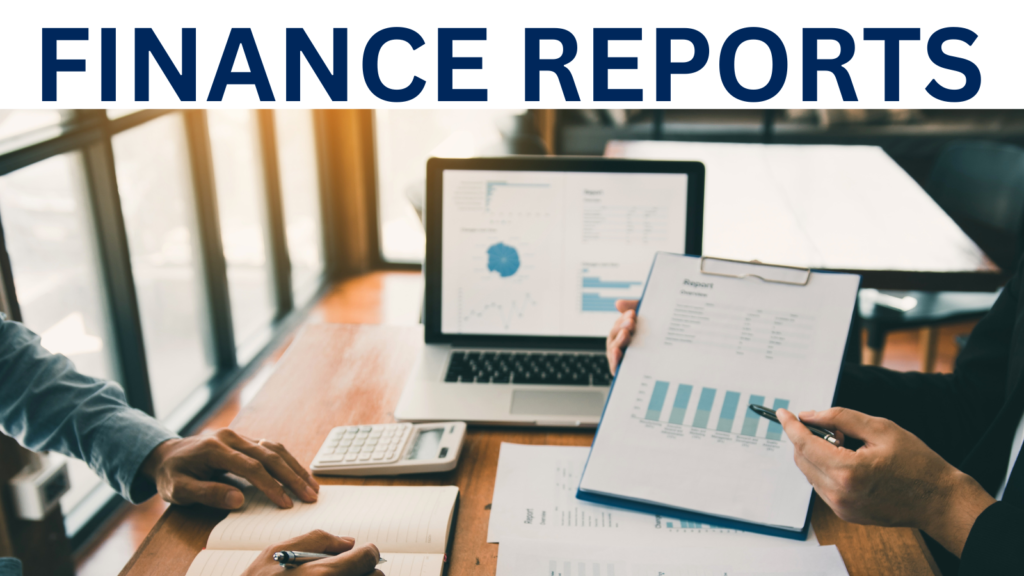
Once your business is properly open and registered, an important next step is establishing a business bank account and setting up your financial reporting. I have seen too many founders that don’t take either of these steps, and it causes a bunch of problems in the future. You don’t want to run your business through your personal bank account, you will be challenged to get a loan or work with investors if this is the case. Waiting to set up the financial reporting means that when you finally decide to do it, you will have the terrible task of going back to the beginning and trying to recreate the numbers. Save yourself a bunch of hassle and do it correctly from the start.
Setting up a business bank account is really easy these days. Plenty of banks offer zero minimum accounts with low or no fees for business banking. You can open an account at a big national bank like Bank of America or Wells Fargo, or you can choose a local bank in your city or an online business bank like Grasshopper Bank. You will want to carefully check out the fee structure with a focus on minimum balance, transaction fees, monthly fees, overdraft expenses, and related areas. Do the homework and find something that fits your needs and the amount of cash you will start the business off with.
One other piece of advice related to the bank account, please don’t run your personal expenses through the business account. This will make a mess for anyone looking at these account statements with you in the future. You should pay yourself a salary or equity distribution to cover your non-business expenses. Pull that cash out of the business bank account to your personal account, and buy your Starbucks, Panera, or Target items from your individual bank account. A good rule of thumb is that if the IRS wouldn’t consider it a legitimate business expense, then don’t charge it to the business bank account.
Once your bank account is open, you will want to build a basic income statement process. You can do this through an online service like QuickBooks, which cost about $25 per month. Some of the banks offer discounts on QuickBooks, so make sure to check that out. You also can get a business accounting program with some of the CRM systems like Zoho. These services are great and give you automated tools to track your revenue and expenses. As discussed earlier, it is a huge pain to do this later if you need it then. You will be pouring through dozens of pages of bank statements to recreate the process if you wait, just do it now.
If you don’t want to spend the money for QuickBooks or something similar, or if those types of program scare you, it is totally fine in the early days to build a spreadsheet in XLS or Google Sheets. The idea is that you need to categorize each item in or out of the bank account as a revenue or expense. Each of these items should then be tagged with a broad category (Legal, Tech, Travel, Admin, etc). This is important as it will allow you to track the company activity for taxes, performance, forecasting, and more.
